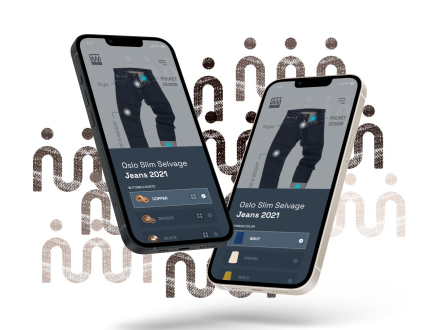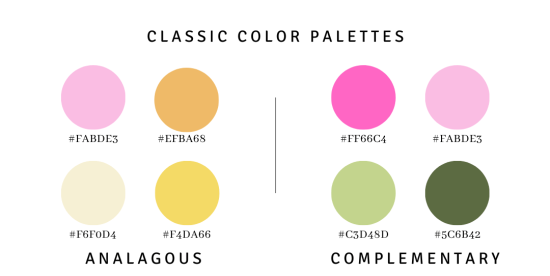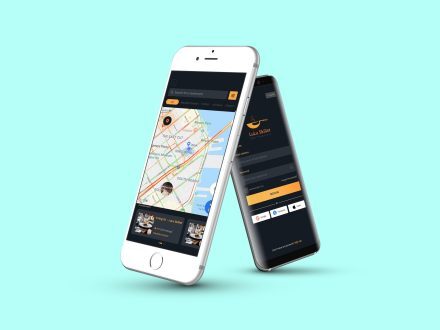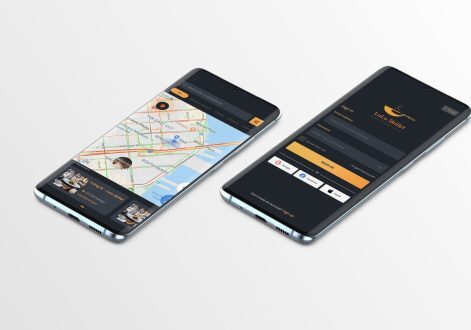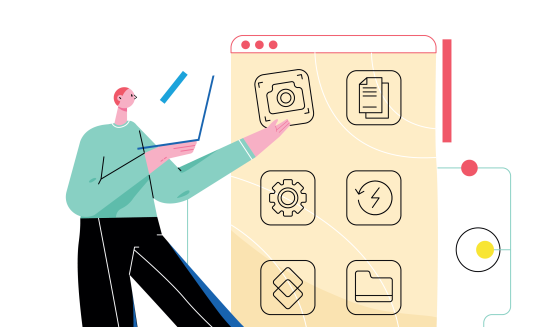Planning your dream app? Let’s talk mobile app terminology.

Planning your dream app? Let’s talk mobile app terminology.
In this multi-part series we talk about how to explore, vet, and develop your great idea for an app. We move from the exciting early phases of brainstorming and ideation, to validating your idea, writing a mobile app project brief, finding the right partner, crafting a strategy, building and testing your app, and then taking your product to market. In this week’s article, we cover some of the important mobile app terminology. This will be useful as we get into the pros and cons and decide on the right OS for your new mobile app.
Before your app gets under way
So, you’ve got a great idea for a mobile app. You’re committed to making this happen, so you’ve done some market research and refined your idea, maybe even written up your mobile app project brief. Now what?
Well, you’ve reached a crucial stage. Soon you’ll be making some of your most important decisions. You’ll be choosing an operating system (or systems), a development strategy, and ultimately an app development partner. These choices will have a massive impact on the outcome of your project.
Before getting into the pros and cons of the various paths ahead, let’s talk terminology. Having a firm grasp on the terms will help with your evaluation process.
What is a mobile operating system?
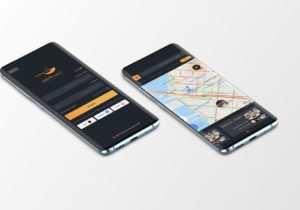
What is the iOS operating system?
The iOS operating system is the mobile operating system designed by Apple exclusively for use on the iPhone and other Apple devices.
What is the Android operating system?
The Android operating system is the mobile operating system owned by Google; it can be used on Android phones as well as a wide variety of other devices.
What is a native app?

What is a cross-platform app?

What is agile software development?

Next steps
Now that you understand some of the important mobile app terminology, you’re ready to talk strategy. In next week’s article, we’ll look at the pros and cons of native vs. cross-platform app development, so you can compare approaches.
If you’re already in the process of vetting app development teams, get in touch. We’re happy to have a conversation anytime.
LimeTech is a creative tech company with a focus on innovation and adaptive change. We use technical know-how, design skills, and deep experience in entrepreneurship to help companies advance their business goals. Our specialties include mobile app development, website design, technology planning, and remote work solutions.
